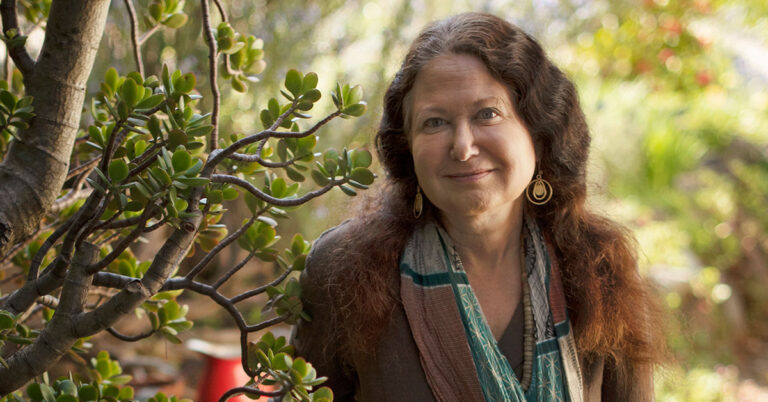
Image by Trey Ratcliff/Flickr, Some Rights Reserved.
It All Happens, and Nothing Lasts
Last fall, I traveled to Santa Fe, New Mexico to attend a retreat with the Tibetan Buddhist teacher Tsoknyi Rinpoche. Several of us on the retreat were staying at hotels apart from the Zen center where the course was held. The formal program ended at dinnertime, and each day at that time I’d get into my rental car and return to my hotel.
One rainy day, I pulled into the parking lot of the hotel and saw there was an extraordinary rainbow filling the sky. The courtyard was filled with people trying to photograph the rainbow with their cellphones or cameras, so I jumped out of the car to do the same.
Unfortunately, by the time my pretty old iPhone turned on, the rainbow was gone. All that remained were luminous pink clouds. Rather than appreciating the clouds (which were still quite beautiful), all I could think was, “Damn, I knew I should’ve gotten a new iPhone.” I was disappointed by my inability to capture some kind of permanence from the impermanent rainbow.
Then two women left the hotel and walked past where I was standing with my clunky cellphone beneath the pink sky. One of the women turned to the other and smiled. “Wow. Look at those beautiful pink clouds,” she said. It was then that I caught myself thinking, “Wow, don’t they know how they are missing out — it could’ve been a rainbow!”
Of course, I laughed at myself. This awareness of a mental habit was keeping me disconnected from the beauty of life, its impermanence and all. Those pink clouds weren’t bad, really. And no one can successfully hold onto a rainbow, though we so often try.

Buddhist teaching recognizes that our desire to conquer change, to avoid death or fight the reality of impermanence in this life, is folly. But the teachings also recognize that life isn’t just “nothing”; our existence is not a kind of nihilistic, hollow, haphazard chaos. Our everyday reality is as translucent and shimmering as light. The vitality and dynamism of life is also what makes it evanescent and fleeting. Everything that arises in our lives can be, and is, both insubstantial and miraculous in its presence.
Because it is hard for words to convey this paradox, the Buddha often described the nature of existence as being like a rainbow, an echo, a dream, like a drop of dew on a blade of grass, like a flash of lightning in a summer sky. He talked about life as being like a magic show, a phantom, like bubbles in a stream — it all happens, and nothing lasts. To crave, to try to hold on, is to live apart from the truth of how things are, and so we will suffer. To shut down, to not open to the tender beauty of existence, is also to live apart from the truth of how things are, and similarly, we will suffer.
It is through insight we come to see both the something and the nothing of existence, to allow both perceptions to coexist. We allow ourselves to recognize the fact that anything we can know with this body or this mind, through our senses, is fleeting, ephemeral, and insubstantial — like a rainbow. But this isn’t a depressing perspective. Instead, we feel spaciousness and particularly a growth in wisdom. We can live in harmony with the truth of change.
Likewise, when we permit ourselves to recognize the profound relatedness of all things in life, the interconnectedness of all beings, we grow in love: for others, for ourselves, for life itself. We are able to recognize that we do not live in an accidental, random, haphazard universe. And the recognition of conditionality keeps us from slipping into a cold world of indifference, even if we know with all of our mind and heart that all things are impermanent. What we do may be impermanent, but it matters. What we care about matters. Where we put our energy matters.
When we permit ourselves to loosen our grip on the notion of permanence, we no longer feel a necessary sense of disappointment or failed expectations when it comes to the prospect of “emptiness” or “nothingness.” I am reminded of the Wallace Stevens poem “The Snow Man,” in which he tells the reader: “One must have a mind of winter” in order to behold the “Nothing that is not there and the nothing that is.”
The image of the “mind of winter” here does not represent vacancy or death, but rather expansiveness and clarity. Stevens empties the traditional image of winter of its negative connotations and instead invites us to find the beauty of paradox in the “nothing that is not there and the nothing that is.” In accepting this paradox, we know freedom.
May you enjoy the rainbows, and/or any pink clouds that come your way, even as they constantly change. May each bubble — the moments of life — arising and passing away, help open us to greater wisdom and love.

